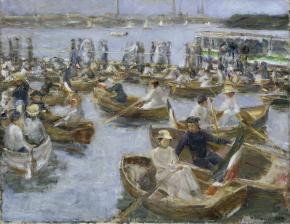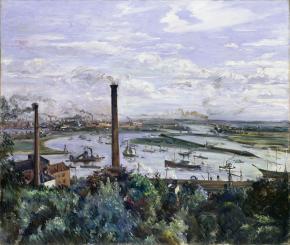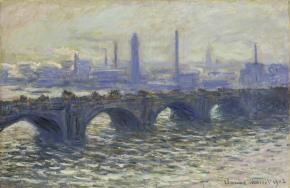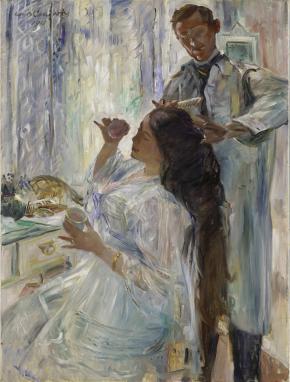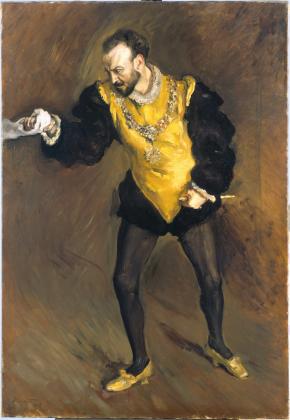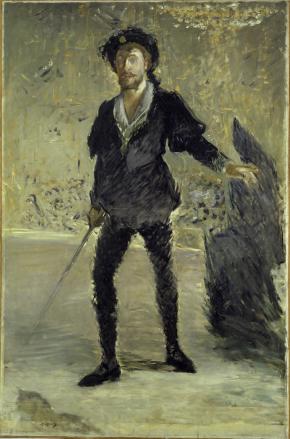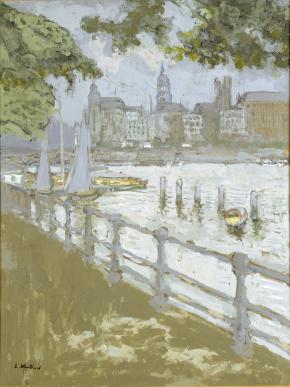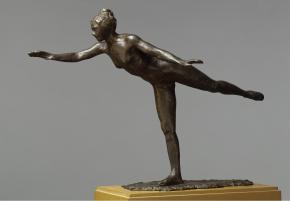With a new presentation of over 80 works by French and German impressionists, the Hamburger Kunsthalle takes a fresh look at impressionism and shows one of the defining art movements of modernism as a European phenomenon. In five redesigned halls of the Lichtwark Gallery, paintings, sculptures and pastels are presented in new constellations: major works by Max Liebermann, Lovis Corinth and Max Slevogt, the "triumph of German Impressionism", meet French icons such as Édouard Manet, Auguste Renoir and Claude Monet. The show also draws attention to works by artists who have not been presented in the Hamburger Kunsthalle for a long time. These include paintings by Alma del Banco,
Paul Baum, Ivo Hauptmann, Maximilien Luce, Henri Martin and Lesser Ury. The presentation is complemented by several sculptures and a selection of pastels - for example by Edgar Degas, Ludwig von Hofmann, Jean-François Millet and Max Liebermann. Impressionism. German-French Encounters is one of a series of new installations in the collection tour through eight centuries of art history in the Hamburger Kunsthalle, which present the collection under new questions and in a new light.
The retelling of Impressionism uses pointedly juxtaposed exhibits to illustrate how the impulses emanating from France were taken up and productively processed in Germany: Claude Monet's Waterloo Bridge (1902) appears in dialogue with Lovis Corinth's View of the Köhlbrand (1911), Pierre Bonnard's Lampion Parade the Outer Alster (1913).
The Evening at the Uhlenhorster Fährhaus (1910) by Max Liebermann and Édouard Manet's Jean-Baptiste Faure in the opera Hamlet (1875/77) meets with The Black d'Andrade (1903) by Max Slevogt. The chapters “Portrait,” “Landscape,” “Performance and Staging,” “Views of the City,” “Still Life” and “Pastels” illustrate which themes and motifs the painters on the right and left of the Rhine were concerned with and where they came from their essential impulses and which interactions can be understood visually and historically.
Impressionism, which emerged in France from the 1870s and initially established itself there, lost its importance in its native country with the beginning of the First World War. In contrast, the Impressionist trends in Germany extended well into the 1920s. At the turn of the century, some German museum directors also specifically promoted Impressionism through exhibitions and purchases. In Hamburg, Alfred Lichtwark (1852–1914) and Gustav Pauli (1866–1938), with their acquisitions of major German and French works, ensured that the Kunsthalle now has one of the most important collections of Impressionist painting in Germany.
The show also opens up a perspective on classical modernism and asks to what extent Impressionism remained relevant for the following generation. Max Beckmann, Emil Nolde, the artist community “Brücke”, but also the members of the Hamburg Secession went through impressionistic phases, at least in their early works.
The richly illustrated catalog (Wienand Verlag, 25 euros) presents major works from the collection in new constellations, introduces the chapters of the presentation and explains historical background in essay form.
